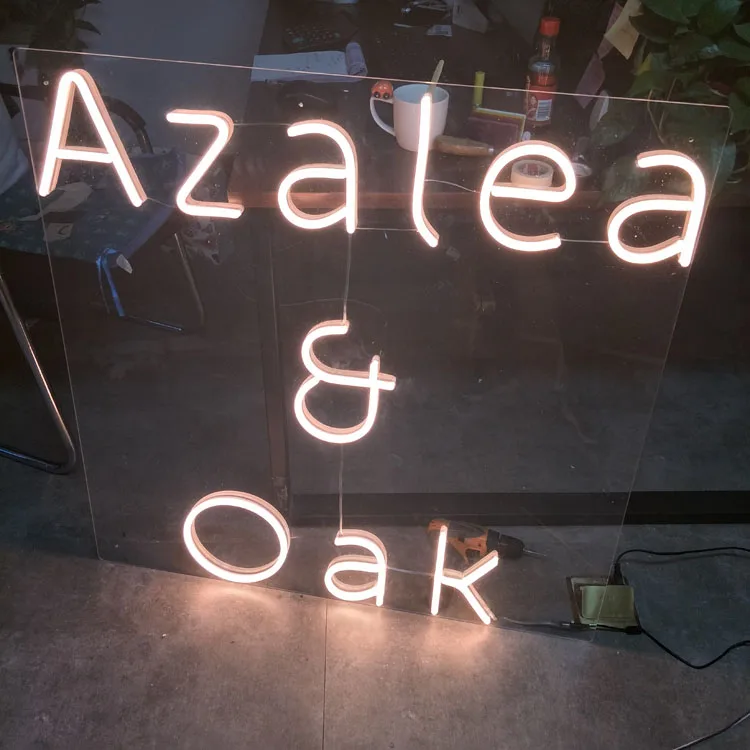
The Greek and Roman civilizations advanced water clock design with improved accuracy. Greek astronomer Andronicus of Cyrrhus supervised the construction of the Tower of the Winds in Athens in the 1st century B.C. Some authors, however, write about water clocks appearing as early as 4000 BC in these regions of the world. Other regions of the world, including India and China, also have early evidence of water clocks, but the earliest dates are less certain. The bowl-shaped outflow is the simplest form of a water clock and is known to have existed in Babylon and in Egypt around the 16th century BC. Given their great antiquity, where and when they first existed is not known and is perhaps unknowable. Water clocks, along with the sundials, are possibly the oldest time-measuring instruments, with the only exceptions being the day counting tally stick. History of time-measuring devices Ī water clock for goldbeating goldleaf in Mandalay (Myanmar) The word derives from the Middle English clokke, Old North French cloque, or Middle Dutch clocke, all of which mean 'bell', and stem from an Old Irish root. Clocks spread to England from the Low Countries, so the English word came from the Middle Low German and Middle Dutch Klocke. The word clock derives from the medieval Latin word for 'bell'- clocca-and has cognates in many European languages. 2.2 Devices that measure duration, elapsed time and intervals.The study of timekeeping is known as horology. There are also clocks for the blind that have displays that can be read by touch. For the blind and for use over telephones, speaking clocks state the time audibly in words. Most digital clocks use electronic mechanisms and LCD, LED, or VFD displays.


Two numbering systems are in use: 12-hour time notation and 24-hour notation. Digital clocks display a numeric representation of time. Analog clocks indicate time with a traditional clock face, with moving hands. This object can be a pendulum, a tuning fork, a quartz crystal, or the vibration of electrons in atoms as they emit microwaves.Ĭlocks have different ways of displaying the time. The timekeeping element in every modern clock is a harmonic oscillator, a physical object ( resonator) that vibrates or oscillates at a particular frequency. The electric clock was patented in 1840, and electronic clocks were introduced in the 20th century, becoming widespread with the development of small battery-powered semiconductor devices.
Led word clock uk series#
The mechanism of a timepiece with a series of gears driven by a spring or weights is referred to as clockwork the term is used by extension for a similar mechanism not used in a timepiece. A major stimulus to improving the accuracy and reliability of clocks was the importance of precise time-keeping for navigation.

The next development in accuracy occurred after 1656 with the invention of the pendulum clock by Christiaan Huygens. During the 15th and 16th centuries, clockmaking flourished. Spring-driven clocks appeared during the 15th century. Watches and other timepieces that can be carried on one's person are usually not referred to as clocks. Traditionally, in horology, the term clock was used for a striking clock, while a clock that did not strike the hours audibly was called a timepiece. A major advance occurred with the invention of the verge escapement, which made possible the first mechanical clocks around 1300 in Europe, which kept time with oscillating timekeepers like balance wheels. Water clocks, along with the sundials, are possibly the oldest time-measuring instruments. There is a range of duration timers, a well-known example being the hourglass. Some predecessors to the modern clock may be considered as "clocks" that are based on movement in nature: A sundial shows the time by displaying the position of a shadow on a flat surface. Devices operating on several physical processes have been used over the millennia. The clock is one of the oldest human inventions, meeting the need to measure intervals of time shorter than the natural units such as the day, the lunar month and the year. A clock or a timepiece is a device used to measure and indicate time.


 0 kommentar(er)
0 kommentar(er)
